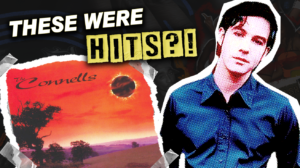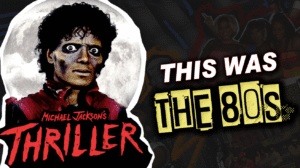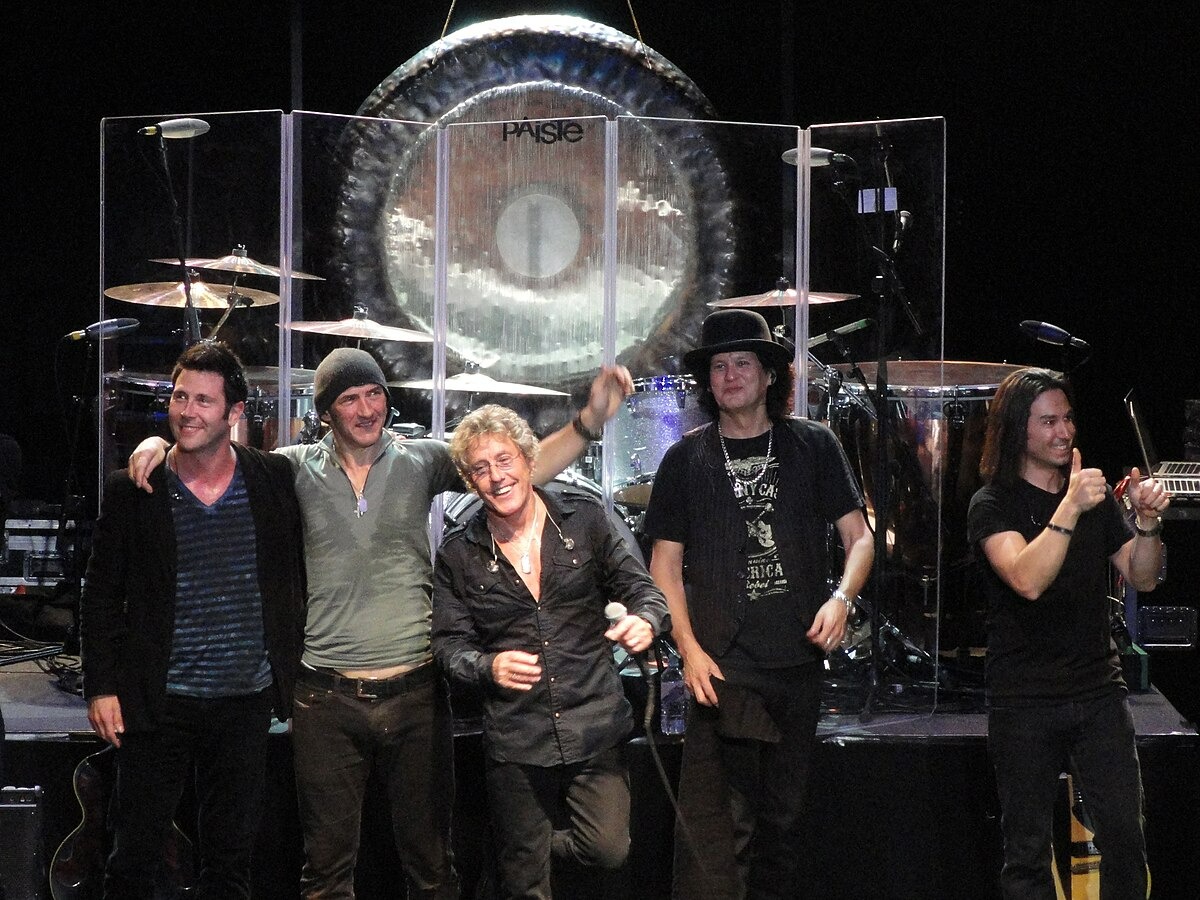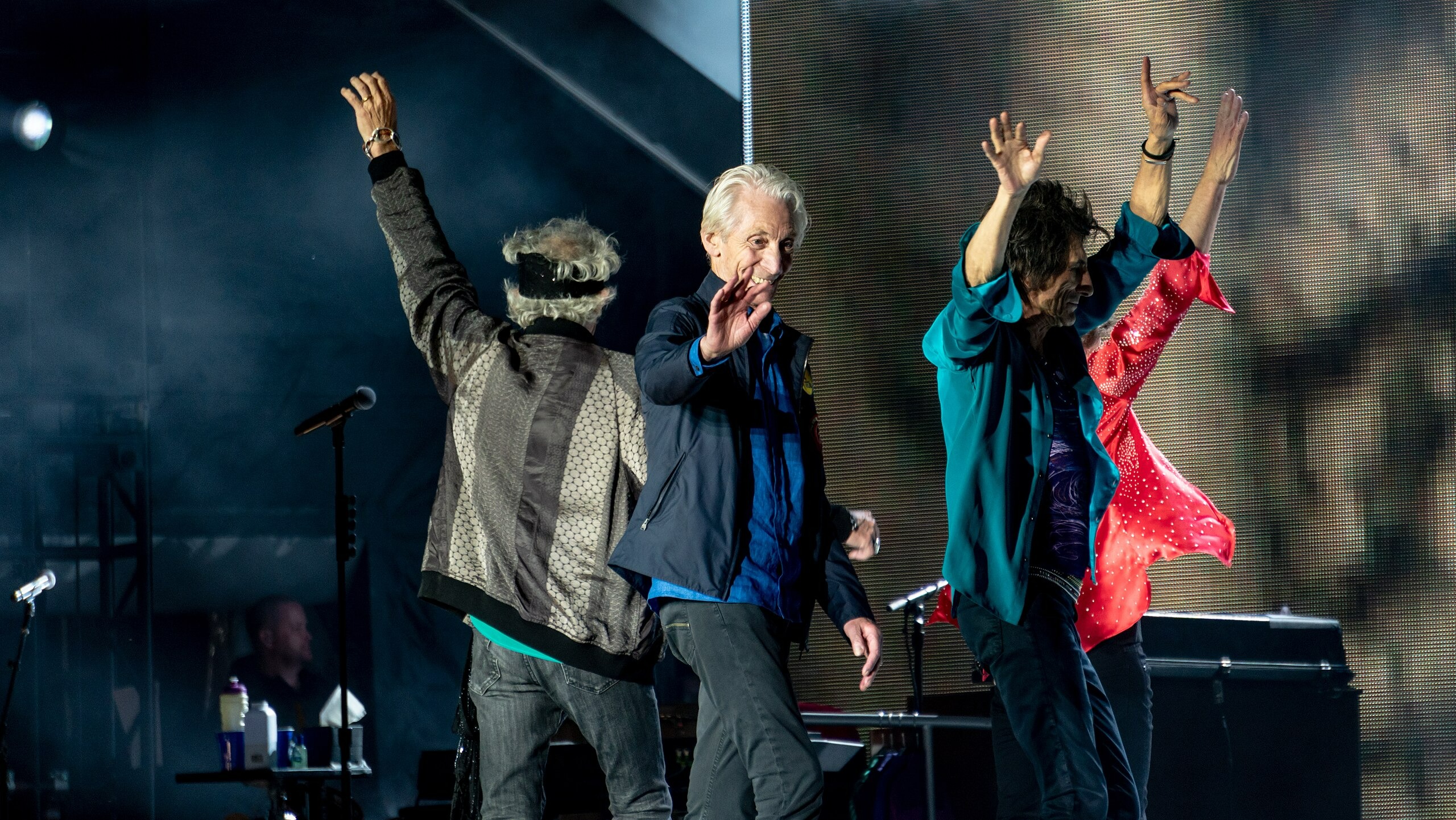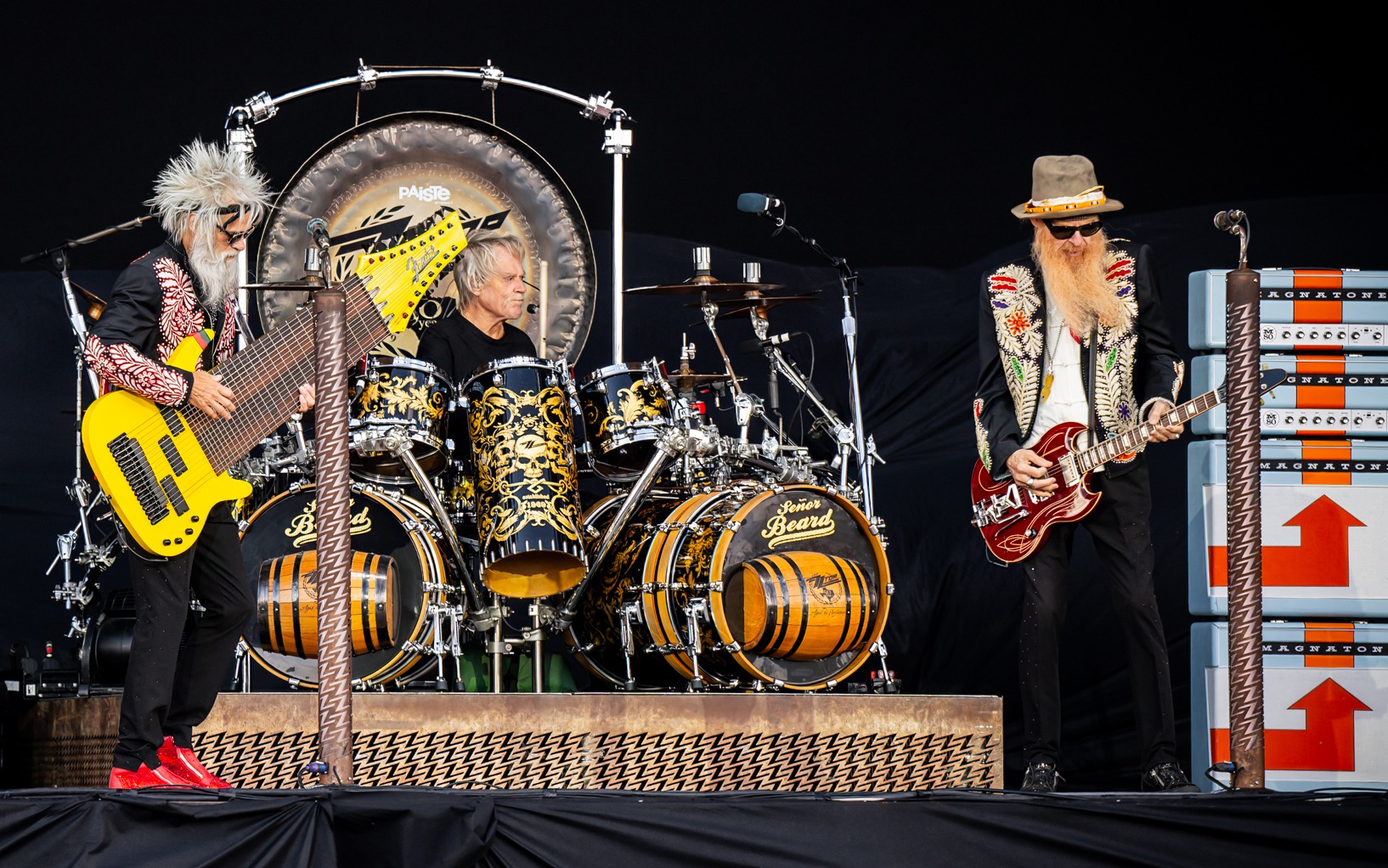
The most fascinating music often lurks in digital corners where mainstream audiences rarely venture. These sonic territories haven’t been algorithm-optimized to death or focus-grouped into submission. Whether you’re suffering from playlist fatigue or craving sounds that exist beyond commercial constraints, this roadmap guides you through twenty musical frontiers. Each represents a portal to understanding how creativity thrives when freed from industry expectations and market demands.
20. Vaporwave
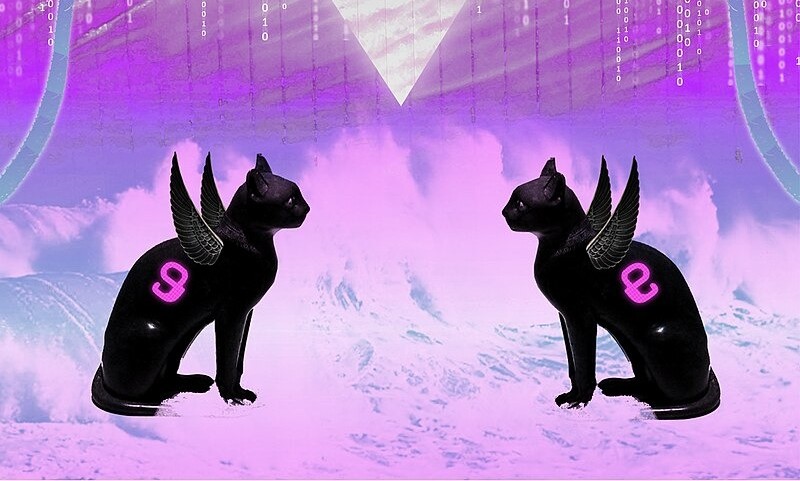
Slowed muzak samples transform abandoned shopping mall atmospheres into art statements about late capitalism. Vektroid (as Macintosh Plus) pioneered the approach around 2010, processing 80s and 90s corporate background music into hypnotic dreamscapes. Roman busts, Japanese text, and early computer graphics create visual languages commenting on consumer culture’s hollow promises.
You remember this music despite never actually hearing it—false nostalgia for commercialized comfort that never truly existed. Streaming platforms now feature countless vaporwave playlists, allowing the genre’s critique of consumer culture to become consumable content itself. The irony isn’t lost on artists who watched their anti-capitalist statement become capitalism’s latest product.
19. Grindcore and Mincecore

Extreme compression transforms punk’s brief songs into weapons-grade sonic plutonium. Napalm Death pioneered grindcore in the mid-80s, featuring blast beats, unintelligible vocals, and politically charged lyrics crammed into sub-minute compositions. Most tracks finish before your coffee finishes brewing.
Mincecore pushes these principles to absurdist extremes, with songs lasting mere seconds and often focusing on mundane topics. Precision and control create these concentrated sonic bursts—the musical equivalent of nuclear fission contained in track-length test tubes.
18. Funk Metal

Syncopated rhythms crash against distorted guitars in a fusion that makes mosh pits danceable. Faith No More, Red Hot Chili Peppers, and Living Colour dominated 1989-1992 with music that satisfied both funk’s groove requirements and metal’s aggressive demands. Bootsy Collins could theoretically jam with Black Sabbath in this musical universe.
Commercial success proved brief, but funk metal’s DNA lives throughout nu-metal and alternative rock. The genre achieved a significant cultural breakthrough by integrating Black and white musical traditions during MTV’s largely segregated programming era. This cross-pollination opened doors for countless fusion experiments that followed.
17. Seapunk
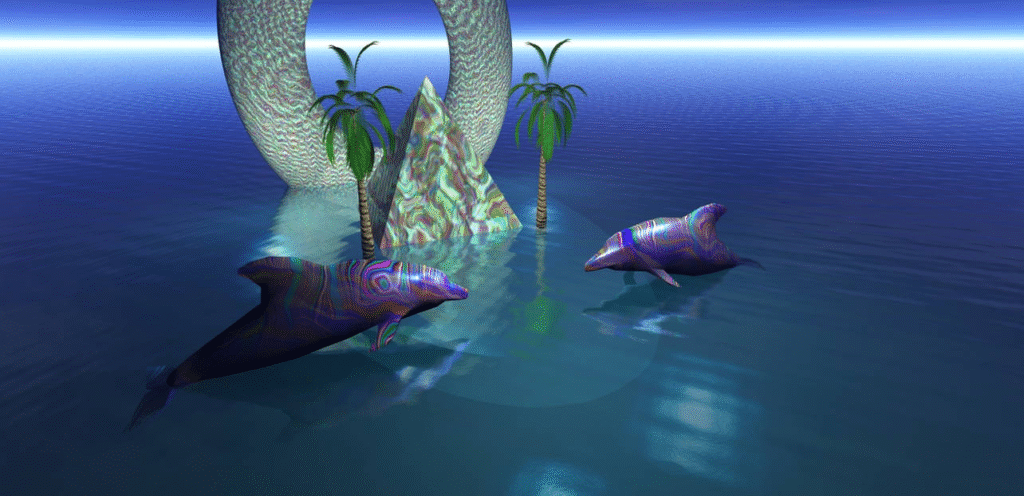
Digital nostalgia crashes against hip-hop rhythms in this aquatic dreamscape born from 2011 Tumblr culture. Artists like Ultrademon and Zombelle submerged chopped 90s R&B vocals beneath waves of synthesizers and dolphin samples, creating music that feels like swimming through a Windows 95 screensaver. Miami Bass beats got the underwater treatment, transforming familiar sounds into something alien yet comforting.
Mainstream culture noticed when Rihanna and Azealia Banks borrowed the aesthetic for high-profile performances. The genre’s brief spotlight revealed how internet microcultures can reshape visual language faster than industry executives can catch up. Today, its DNA flows through hyperpop and vaporwave, proving that bedroom producers armed with nostalgic samples can influence music’s entire trajectory.
16. Splittercore and Extratone

Physiologically impossible tempos push electronic music beyond human rhythmic perception. Splittercore operates around 600 BPM while Extratone ventures beyond 1,000 speeds where individual beats blur into continuous tones. European digital hardcore artists discovered these terminal velocities during the late 90s, finding music’s absolute speed limit.
Percussion becomes texture at these extremes, creating sounds resembling dial-up modems having seizures inside washing machines. Individual rhythm dissolves into pure frequency, challenging fundamental definitions of music versus noise. These genres exist at electronic music’s event horizon—the point where quantifiable rhythm transforms into something entirely different.
15. Folk Metal
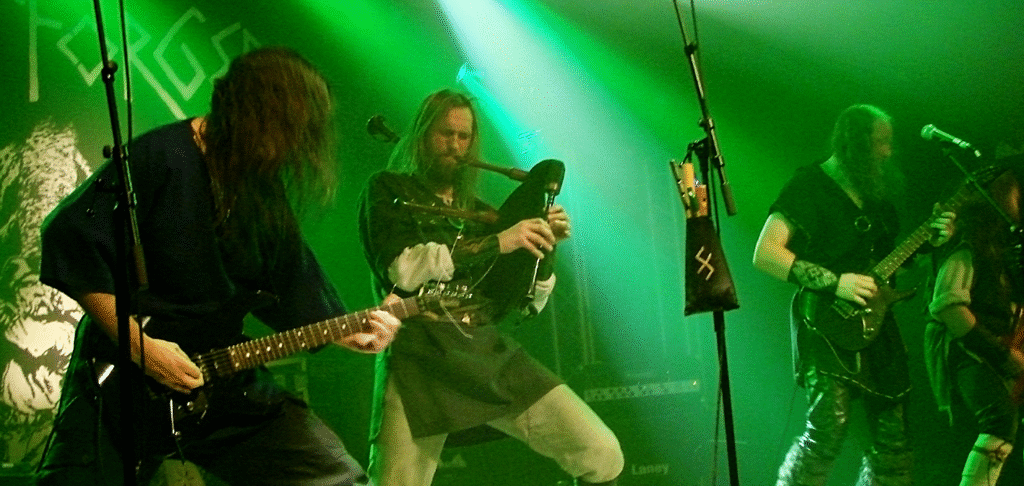
Ancient cultural traditions receive modern amplification through metal’s power. Finnish band Korpiklaani brings accordion and violin to the mosh pit, while Israel’s Orphaned Land weaves Middle Eastern scales through progressive compositions. Mongolian throat singing found new life in China’s Tengger Cavalry before their frontman’s tragic 2019 passing.
Global metal scenes discovered that heavy music could strengthen rather than erase cultural identity. Traditional instruments and melodies survive by adapting to contemporary contexts, proving globalization can preserve heritage when approached with genuine respect. Folk metal demonstrates that headbanging and cultural preservation make natural partners.
14. Nintendocore

Childhood nostalgia receives aggressive recontextualization through metalcore’s frameworks. Horse the Band and The Advantage integrate 8-bit sounds with traditional instruments, creating conversations between digital and analog generations. Super Mario Bros. melodies become mosh-worthy anthems, demonstrating how adult musical frameworks can reinterpret childhood memories.
Millennials raised on both Nintendo consoles and Metallica albums find perfect cultural synthesis in these fusions. The genre differs from chiptune by incorporating game sounds into metal compositions rather than recreating music using console sound chips. Nostalgic melodies gain new emotional weight when filtered through adolescent anger and technical precision.
13. Catholic Psychedelic Synth-Folk

Religious devotion meets counterculture through synthesizers and experimental production. Sister Irene O’Connor’s 1979 “Fire of God’s Love” documents moments when conservative religious communities cautiously engaged with psychedelic sounds while maintaining doctrinal messages. These recordings sound like Mass being celebrated on alien planets.
Traditional religious lyrics float over decidedly non-traditional musical backdrops of analog synthesizers and tape effects. The genre represents fascinating cultural intersections where spiritual content meets expanded consciousness techniques. Collector markets have discovered these artifacts, revealing how underground scenes can emerge within any cultural context when artists feel compelled to explore.
12. Horrorcore
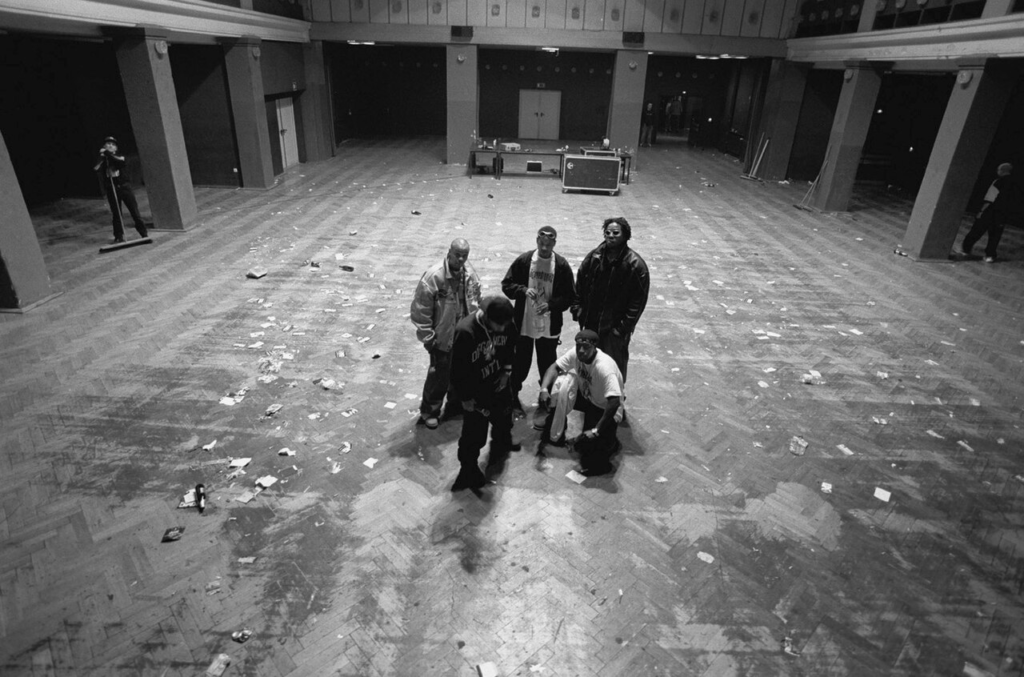
Psychological darkness transforms hip-hop into blood-splattered narrative therapy. Geto Boys and Gravediggaz laid the groundwork in the 90s, but artists like Necro and Three 6 Mafia pushed boundaries further with explicit gore and occult themes. Horror cinema’s techniques translate directly to rap: safe spaces for processing fears through artistic expression.
Serial killer narratives and supernatural themes replace street realism, offering catharsis through confronting nightmares in musical form. Tyler, the Creator’s early work borrowed these aesthetics before evolving toward broader appeal. The genre remains defiantly underground, catering to listeners who find comfort in musical darkness that mainstream hip-hop rarely explores.
11. Japanese Noise Music

Sonic extremity reaches its most developed form through Japanese artists’ systematic exploration of sound’s absolute limits. Merzbow, Hijokaidan, and Masonna create overwhelming audio experiences using custom electronics, modified instruments, and processing equipment pushed to failure points. Performances often reach painful volume levels, creating physical responses alongside auditory ones.
Cultural context shapes even abstract expression: Japanese noise connects to Zen Buddhism concepts about overwhelming sensory input leading to transcendent states. Your speakers become meditation tools rather than entertainment devices when experiencing these sonic assaults. Global experimental music scenes continue drawing inspiration from these explorations of pure sound liberated from melody, rhythm, and structure.
10. Djent
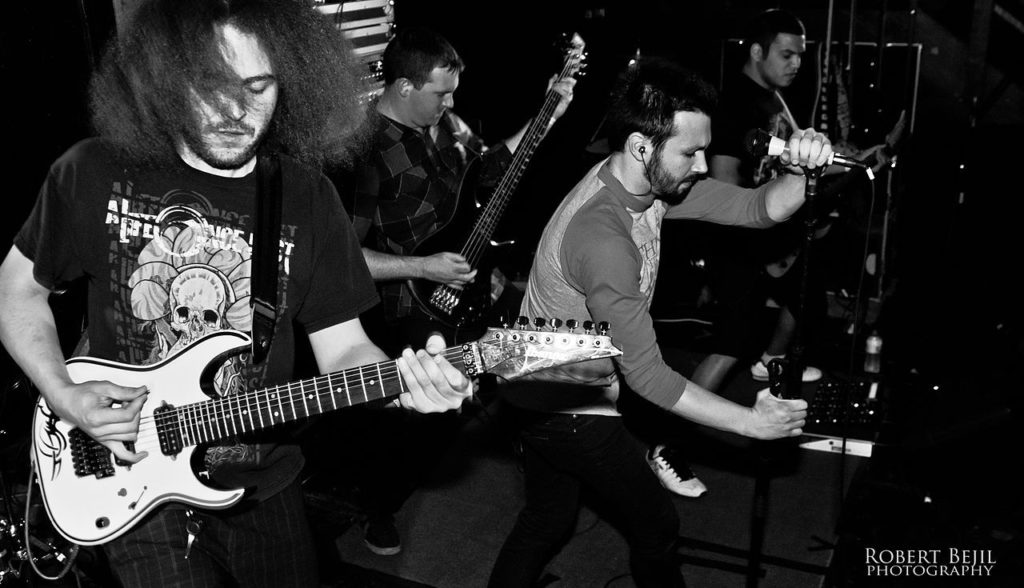
Palm-muted precision creates percussive guitar patterns that redefine progressive metal’s possibilities. Meshuggah’s polyrhythmic innovations provided the blueprint, but bands like Periphery and Animals As Leaders transformed technique into movement. Extended-range guitars and mathematical time signatures create music that resembles audio Rubik’s cubes—complex patterns that somehow resolve despite seeming impossible.
Your ears adjust to eight-string guitars and crystalline production that demands exceptional technical skill. The genre’s name comes from onomatopoeia, describing that distinctive percussive guitar tone. Endless debates about whether djent qualifies as its genre miss the point: its influence on modern metal production is undeniable, reshaping how heavy music approaches rhythm and texture.
9. Danger Music
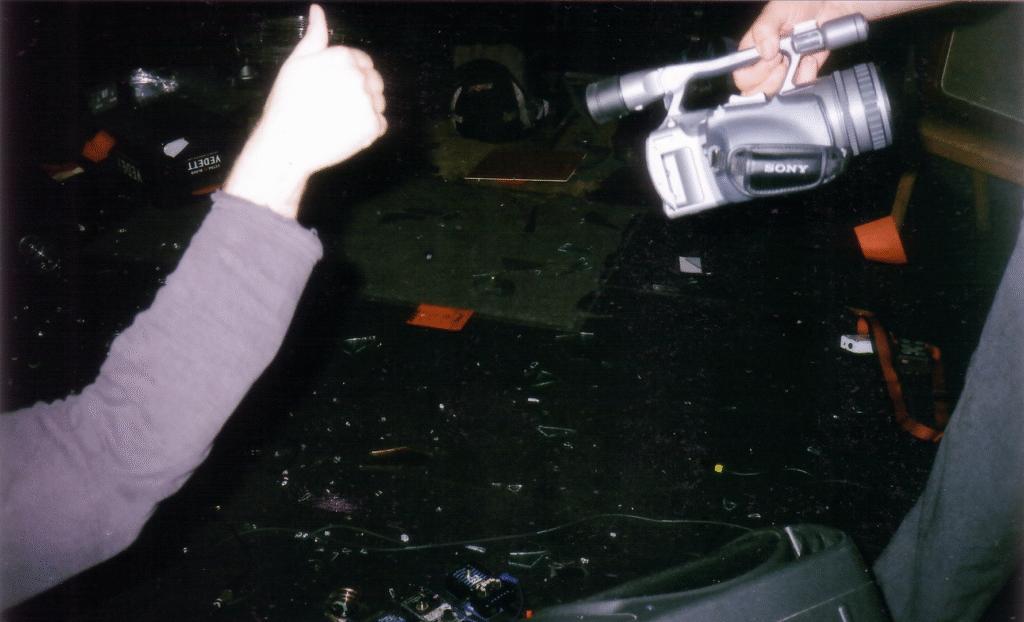
Fluxus movement offspring intentionally risked physical harm to challenge art’s fundamental purposes. Dick Higgins’ “Danger Music Number Seventeen” instructs performers to “Scream! Scream! Scream!” while Takehisa Kosugi’s pieces involve smashing objects. These performances force confrontation with questions about consent, safety, and art’s proper boundaries.
Documentation would defeat the purpose of immediate experience, so these works rarely survive as recordings. Performance art and experimental music continue borrowing these concepts, questioning assumptions about what musical performance can or should become. The genre exists where art meets philosophy, using potential harm to examine comfort zones and artistic limits.
8. Crunkcore
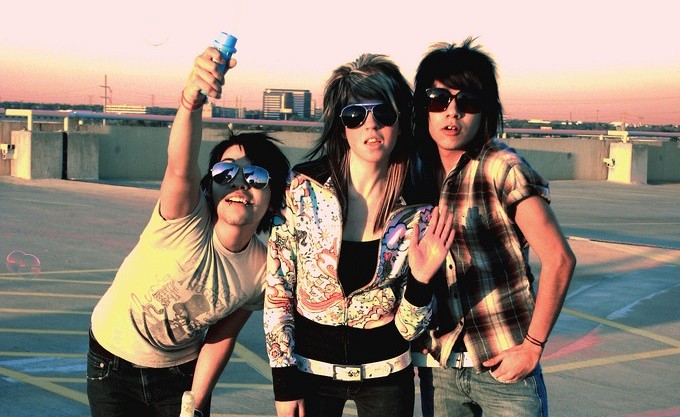
MySpace’s final cultural gasp fused Southern crunk with screamo vocals and scene kid aesthetics. Brokencyde and 3OH!3 dominated 2008-2010 with Auto-Tuned aggression over hip-hop beats, sporting neon clothing and dramatic haircuts resembling anime characters. The Guardian famously declared Brokencyde “the worst band in the world.”
Cultural criticism missed the point: crunkcore represented authentic youth expression during social media’s pre-homogenization era. These artists captured specific moments when MySpace music discovery was reshaping teen identity formation. Brief commercial windows revealed how quickly digital subcultures could emerge and vanish before adult culture could understand their significance.
7. Depressive Suicidal Black Metal (DSBM)
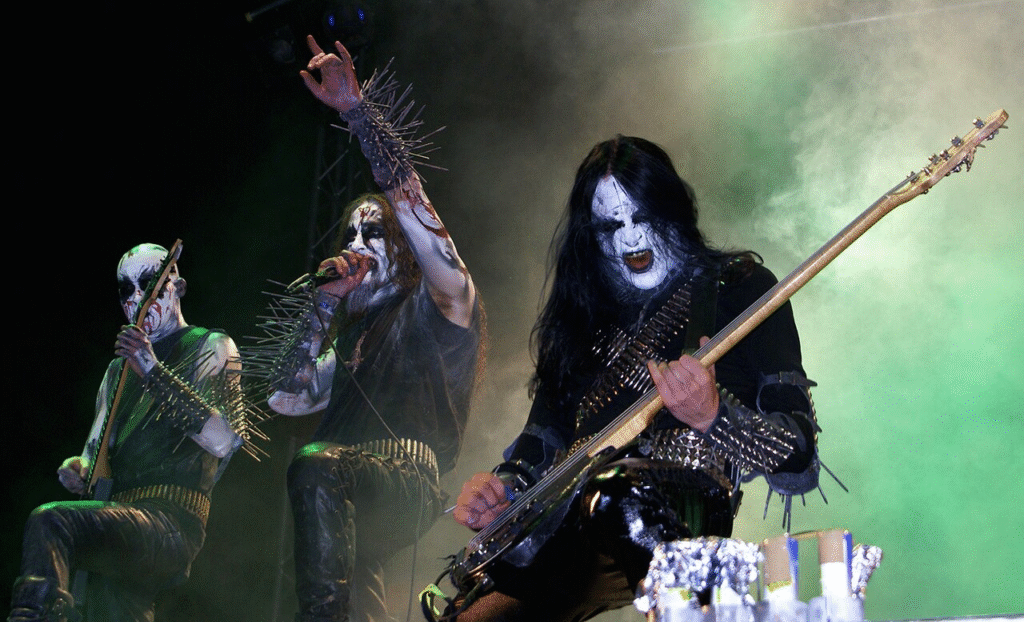
Raw emotional honesty strips black metal down to its most vulnerable core. Bands like Xasthur and Silencer create soundscapes of absolute desolation, often recording in complete isolation. Glacial tempos and vocals that sound like documented emotional breakdown replace traditional metal’s outward aggression with introspective torment.
Modern streaming algorithms occasionally surface these albums to unsuspecting listeners seeking “atmospheric black metal,” creating jarring encounters with unfiltered human despair. The genre remains controversial for explicit self-harm themes, yet it provides profound catharsis for those navigating similar darkness. This music acknowledges emotions that society often demands you suppress, offering solidarity in sonic form.
6. Kawaii Metal

Impossible alchemy transforms J-pop’s sugary melodies into thunderous metal anthems. Babymetal pioneered this fusion around 2010, pairing idol-style vocals and choreography with down-tuned guitars and double-bass drumming. The result defies Western assumptions about metal’s boundaries while maintaining absolute conviction in both elements.
You witness Hello Kitty fronting a Slayer tribute band, yet the combination feels strangely perfect. Bands like Ladybaby and Passcode have expanded the formula, but the fundamental tension remains: cuteness and brutality coexisting in bewildering harmony. This genre challenges preconceptions about what metal can contain, proving that musical fusion knows no cultural limits.
5. Shoegaze and Blackgaze
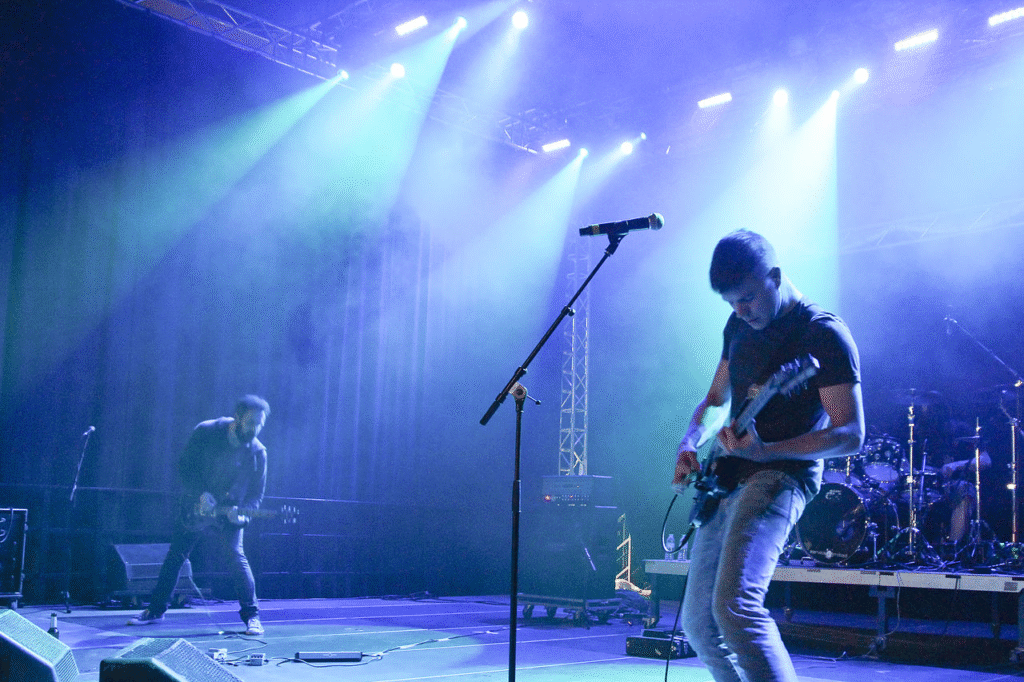
Walls of guitar effects create immersive sonic environments where melody dissolves into texture. My Bloody Valentine and Slowdive buried vocals beneath layers of reverb and distortion during late-80s Britain, prioritizing atmosphere over conventional songwriting. Performers appeared to stare at elaborate pedal boards, earning the “shoegaze” moniker.
Blackgaze emerges when bands like Deafheaven and Alcest graft this approach onto black metal’s blast beats and tremolo picking. Standing inside these soundscapes feels like weathering a blizzard of beautiful noise, simultaneously overwhelming and comforting. Both genres treat guitars as atmospheric instruments rather than riff-delivery systems, creating music that prioritizes immersion over traditional song structure.
4. Chap Hop

Edwardian elegance meets boom-bap beats in hip-hop’s most unexpected cultural fusion. Professor Elemental and Mr. B, The Gentleman Rhymer, don tweed suits while delivering rapid-fire verses about cricket, tea, and proper manners. Picture Downton Abbey’s upstairs residents discovering turntables and deciding to drop bars about Victorian etiquette.
The late 2000s steampunk movement provided cultural context, but chip tune carved its niche through genuine hip-hop skill beneath the novelty. Battles, techniques, and traditions developed within this seemingly absurd framework. Hip-hop’s adaptability proves capable of transcending any geographical or temporal boundary when artists commit fully to the fusion.
3. Avant-Garde
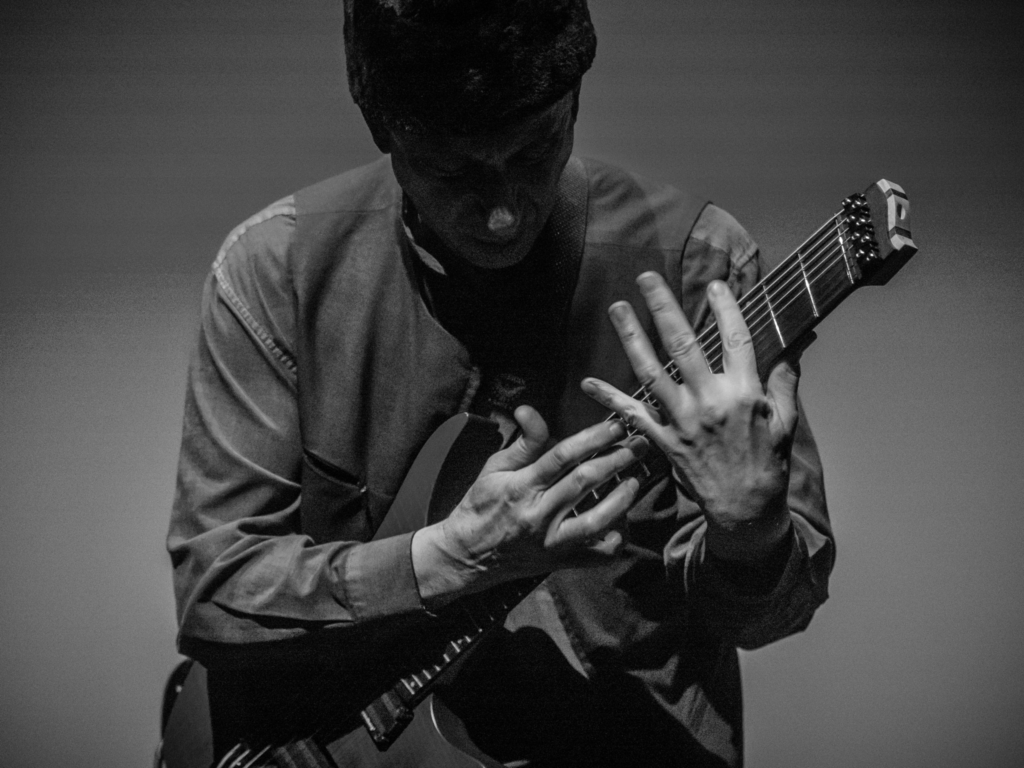
Experimental approaches prioritize innovation over convention across all musical boundaries. Arnold Schoenberg’s twelve-tone technique and John Cage’s 4’33” (four minutes of performed silence) expanded definitions of what constitutes music. Diamanda Galás uses extended vocal techniques, producing sounds previously thought impossible from human throats.
Research and development for all other genres happen here, creating techniques that eventually filter into mainstream composition. Einstürzende Neubauten incorporates industrial machinery as instruments, while others explore prepared pianos and electronic manipulation. This music rewards persistence by revealing new possibilities for organizing and experiencing sound itself.
2. Pirate Metal

Naval adventures receive epic metal treatment through power metal’s theatrical frameworks. Running Wild set course in the late 80s, but bands like Alestorm and Swashbuckle truly set sail during the mid-2000s. Traditional metal instrumentation gains accordions, fiddles, and full theatrical performances complete with costume elements.
Historical piracy research informs rum-soaked musical adventures that transform concerts into participatory theater. Sea shanty influences merge with blast beats and guitar solos, creating immersive storytelling through sound. Technical musicianship lurks beneath eyepatches and plastic parrots, proving that novelty can coexist with genuine musical craftsmanship.
1. Lowercase

Amplified silence reveals complex sonic universes hiding beneath perception’s threshold. Steve Roden’s early 2000s compositions use sounds normally filtered out—refrigerator hums, pencil scratches, and dust settling. Bernhard Günter creates pieces from audio at hearing’s absolute limits, requiring exceptional equipment and complete attention.
Your listening habits require complete recalibration to appreciate music this quiet. Constant sensory bombardment makes lowercase’s radical quietude feel revolutionary rather than minimal. These compositions transform listening from passive consumption into active meditation, revealing how much sonic information exists below consciousness when you simply stop to notice.




